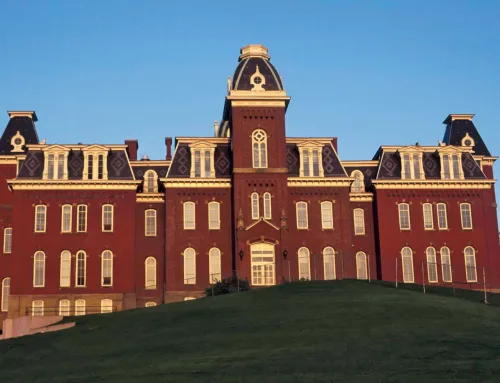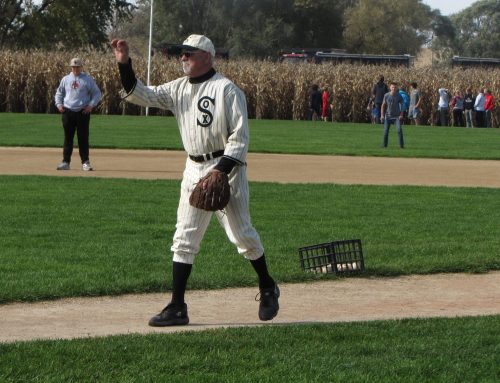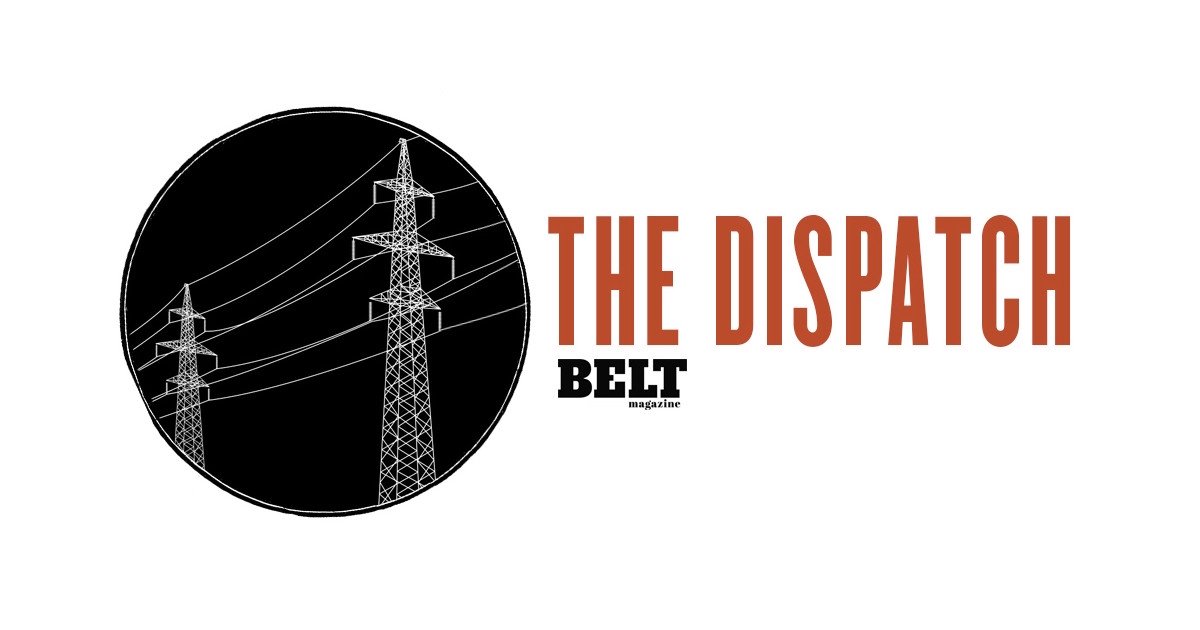It can be fun to debate the borders of the post-industrial Midwest. Does Cincinnati count? What about Chicago? Or Columbus, which never had a large manufacturing base? Can Canada be part of the Rust Belt, as some geographers claim, or is it strictly an American phenomenon, a term coined by failed presidential candidate Walter Mondale during the 1984 election?
There is no one definitive answer, but we like this map, because it’s well-reasoned and specific. It has the region extending east to the historically textile manufacturing cities of Massachusetts; west to Davenport (farm machinery), north to upstate New York and Milwaukee, and south to Kentucky. The creator, historical researcher Brendan Jennings, details his logic on City-Data’s discussion board. “I found in my my research that the term “Rust Belt” is more of an overlying network of dying industrial systems/regions within a larger macro region in the United States,” he wrote in 2010.
Unlike some maps, Jennings’ includes the coal-producing areas of Kentucky and West Virginia, which produced the coal that the heavy-industry cities used. He argues that these reasons are dying off as much as the Northern cities, “so why not add the boundaries?”
Other maps have the Rust Belt extending as far north as Sheboygan and Green Bay, and others include Hamilton, Ontario.
But even consensus, true-blue Rust Belt cities aren’t all alike. Though they share industry and a large Eastern European immigrant population, one area where they diverge is education. Writes Daniel Hartley, a research economist for the Cleveland Federal Reserve, “Cleveland and Detroit had the lowest proportion of residents over the age of 25 with a college degree or higher in 1970 (4 percent and 6 percent respectively). Thirty-six years later, the percentages had only inched up to 12 percent, but in Buffalo and Pittsburgh they had jumped to 20 and 31 percent respectively.
For editorial purposes at Belt, we’ll loosely define the Rust Belt as any city in the northern Midwest that was built on late 19th/early 20th century manufacturing. Chicago’s economy has always been too diverse to fit that description, but some areas of the South Side and surrounding suburbs qualify as Rust Belt. Columbus is peripherally Rust Belt, though its manufacturing base is the least of the Rust Belt cities. Wrote geographer Jim Russell in his Burg Diaspora blog: “Among its Midwestern cohort, Columbus has the smallest industrial legacy. In 1970, it was the best-educated. If anything, the city has underplayed its advantages.”
Belt will continue to map the Rust Belt geographically, historically, culturally and economically.







[…] Yankee. Each place conjures a dish, be it grits or chili or lobster rolls. But what about the rust belt? Does a rust belt cuisine exist? If so, what’s it […]